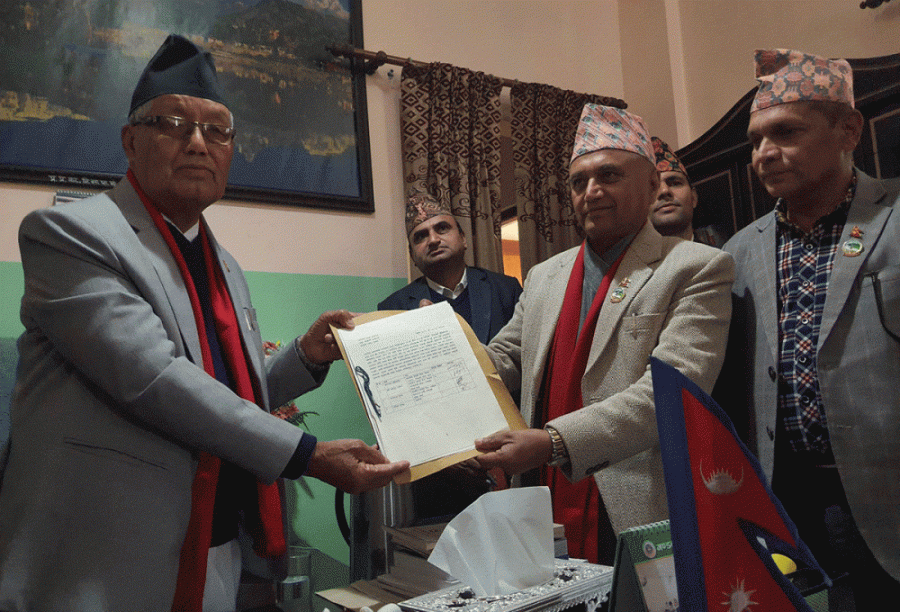Editorial
Here’s to you, chief
The new chief ministers must make a forceful case for better and stronger provinces.
The chief ministers of all seven provinces are due to take office in a day or two. The CPN (Unified Marxist-Leninist), the largest party in the ruling coalition, has got three chief ministerial positions as its share under the spoils system, and the CPN (Maoist Centre) has got one. The remaining three positions will be rotated among the coalition parties. This arrangement was worked out by the top leaders of the political parties at the federal level, with little or no input from the provincial and local levels. As the formation of the federal and provincial governments was part of the same package deal, if the ruling coalition in Kathmandu unravels, so will the provincial governments. The experience of the past five years also shows that the provincial governments, with the exception of Madhesh province, have little agency of their own. So beholden were they to their political masters in Kathmandu, that seldom did they dare to ask, with any kind of authority, for the resources they would need to function as self-sustaining units. As the provincial governments became mired in one after another controversy, but had little to show in terms of achievements, the very relevance of the provinces started to come into question.
But things could quickly change. The federal government and legislature could extend a big help to the provinces by quickly passing laws to allow them to recruit the right and adequate manpower. Yet this task could also be tricker this time, with the likes of the Rastriya Swatantra Party and the Rastriya Prajatantra Party, two vital components of the ruling coalition, openly questioning the relevance of the provinces. Yet the provinces have also not helped their own cause. For instance, while the federal Parliament delayed the drafting of the relevant laws to empower the provinces, the provinces too failed to pass their own laws to smoothen governance and service delivery. Another thing they must do is streamline their ministries: The provincial-level ministries have been haphazardly set up with much duplication of duties. If they are to prove their worth, the provincial governments must do more than air vague grievances about lack of cooperation from the federal level.
Moreover, the federal setup cannot properly function without a high level of cooperation between all three tiers of government. The provincial governments like to blame the centre for lack of coordination on important projects, but then they too seldom coordinate with the local bodies—be it on Covid-19 vaccination or a development project. Thankfully, there has been a smooth transfer of power at the provincial level, not a small matter in these infancy days of the provinces. There is more room for optimism: All the important political actors seem to realise that there is no going back on federalism, even if they don’t all agree on the kind of federalism they think is best suited for Nepal. In time, they will also come to understand the vital role of the provinces in a functional federal setup. In the end, the new set of chief ministers should look to build on the work of their predecessors. The institutionalisation of federalism is a multi-generational endeavour, and each of them has an important role to play.




 10.12°C Kathmandu
10.12°C Kathmandu














